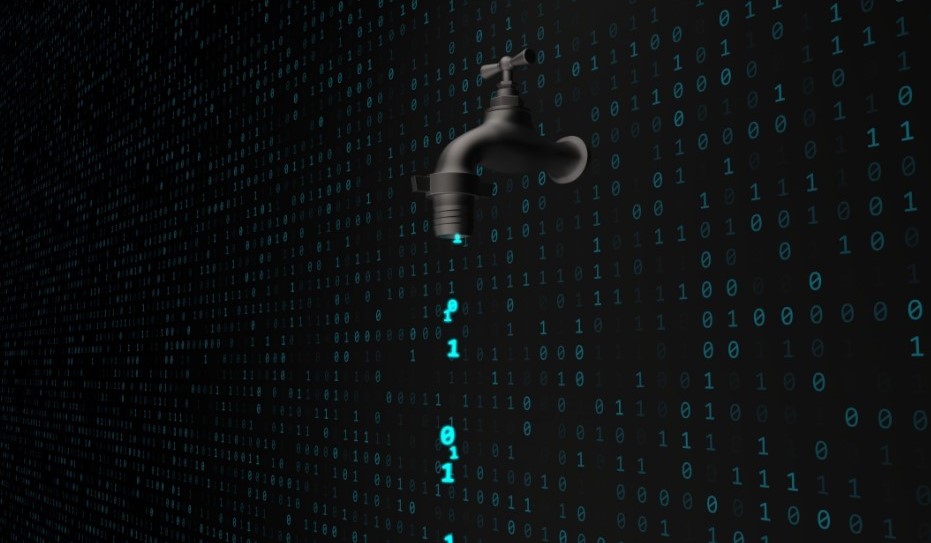Understanding Data Leaks and Helpful Preventive Measures
September 24, 2024

In our digitally interconnected world, data leaks pose a significant threat to organizations of all sizes. Whether it’s sensitive customer information, intellectual property, or proprietary business data, the consequences of a data breach can be severe- ranging from financial loss and regulatory penalties to damaged reputation and loss of customer trust. Therefore, understanding what constitutes a data leak and implementing preventive measures are essential steps in safeguarding your organization’s valuable assets.
What is a Data Leak?
A data leak, also known as a data breach or data spill, occurs when sensitive or confidential information is accessed, disclosed, or transmitted without authorization. This unauthorized exposure can happen through various means, including cyberattacks, accidental disclosures by employees, or inadequate security practices. Common types of data leaked include personally identifiable information (PII), financial records, trade secrets, and health information.
Preventive Measures to Guard Your Assets
- Data Encryption: Encrypt sensitive data both at rest (stored data) and in transit (data being transmitted). Encryption converts data into a format that is unreadable without the correct decryption keys, ensuring that even if data is intercepted, it remains protected.
- Access Control: Implement stringent access controls based on the principle of least privilege. Limit access to sensitive data to only those individuals or systems that require it to perform their job functions. Use multi-factor authentication (MFA) to add an extra layer of security.
- Employee Training and Awareness: Educate employees about the importance of data security and their role in preventing data leaks. Provide training on recognizing phishing attempts, handling sensitive information securely, and following data protection protocols.

- Regular Security Audits and Monitoring: Conduct regular security audits and vulnerability assessments to identify potential weaknesses in your infrastructure. Implement continuous monitoring to detect unauthorized access or suspicious activities promptly.
- Data Loss Prevention (DLP) Solutions: Deploy DLP solutions that monitor and control the movement of sensitive data within and outside the organization. These solutions use policies, rules, and machine learning algorithms to detect and prevent unauthorized data transfers.
- Secure Backup and Recovery: Maintain secure backups of critical data and establish a robust data backup and recovery plan. Ensure that backups are encrypted and stored in a separate location from the primary data to mitigate the impact of a potential data breach or ransomware attack.
- Compliance with Regulations: Stay informed about data protection regulations and industry standards relevant to your organization. Ensure compliance with laws such as GDPR, HIPAA, or PCI-DSS, depending on your industry and geographical location.

Data leaks can have far-reaching consequences for organizations, affecting their finances, reputation, and customer relationships. By understanding the nature of data leaks and implementing proactive preventive measures, organizations can significantly reduce the risk of unauthorized data exposure. Remember, data security is a continuous effort that requires vigilance, investment in robust technologies, and a commitment to fostering a culture of security awareness among employees. Protect your assets today to safeguard your organization’s future tomorrow.
Have Any Question?
Call or email Cocha. We can help with your cybersecurity needs!
- (281) 607-0616
- info@cochatechnology.com




